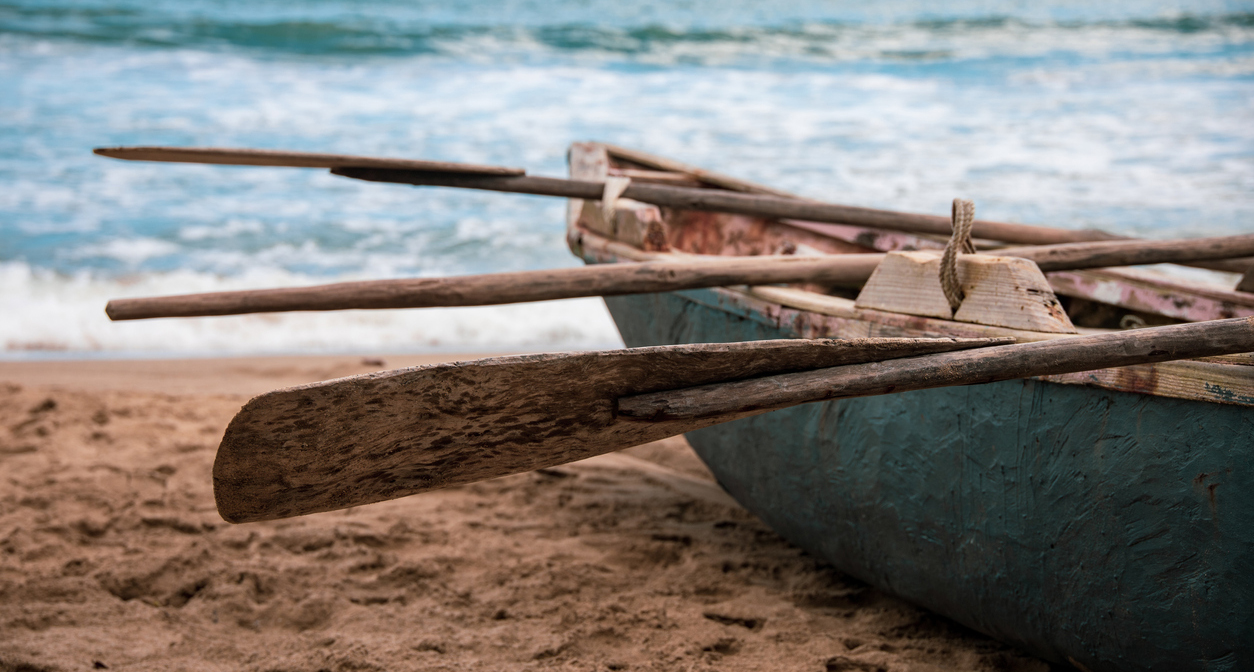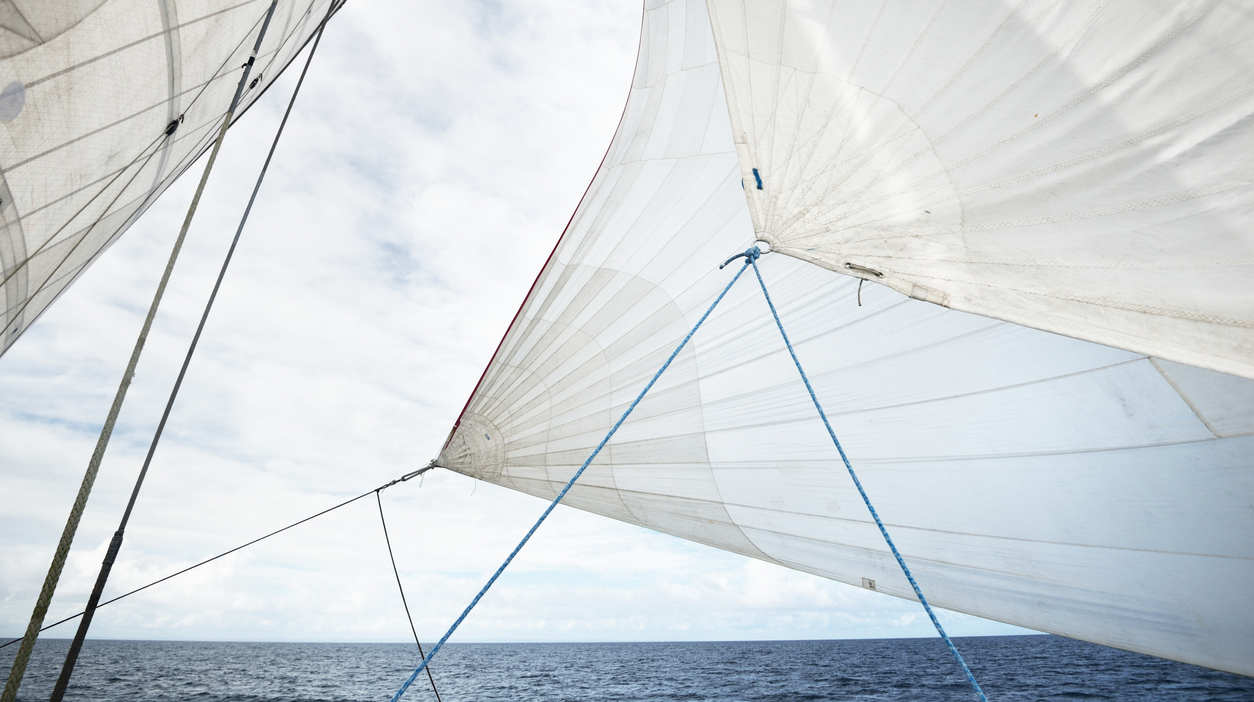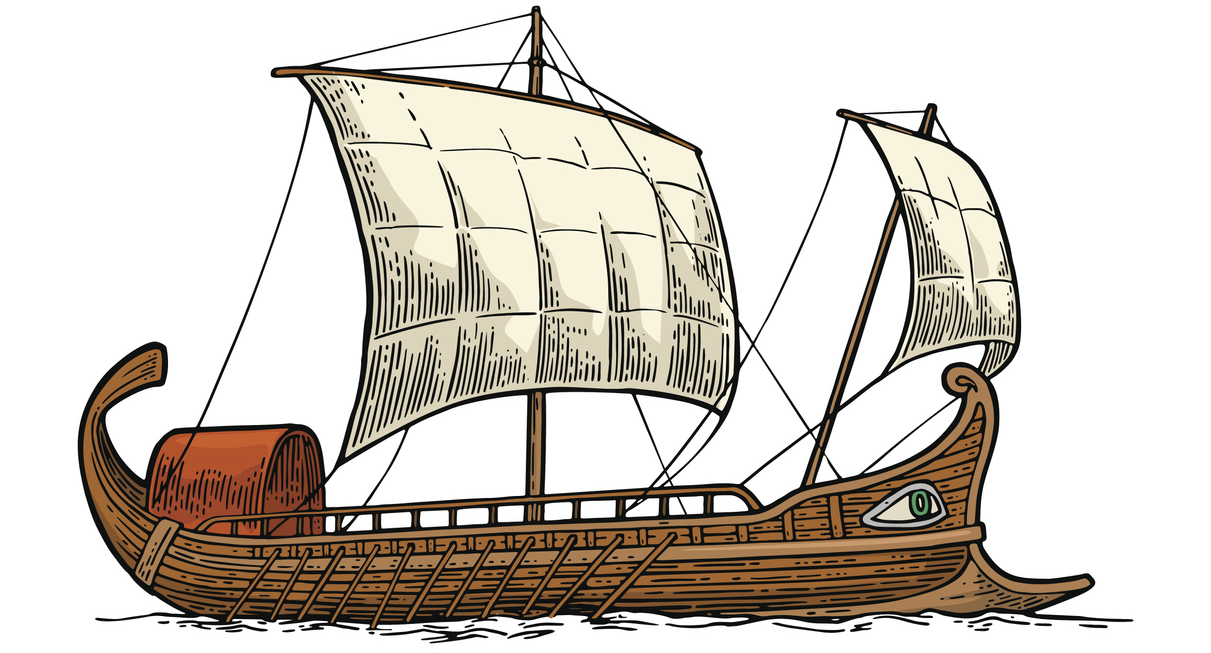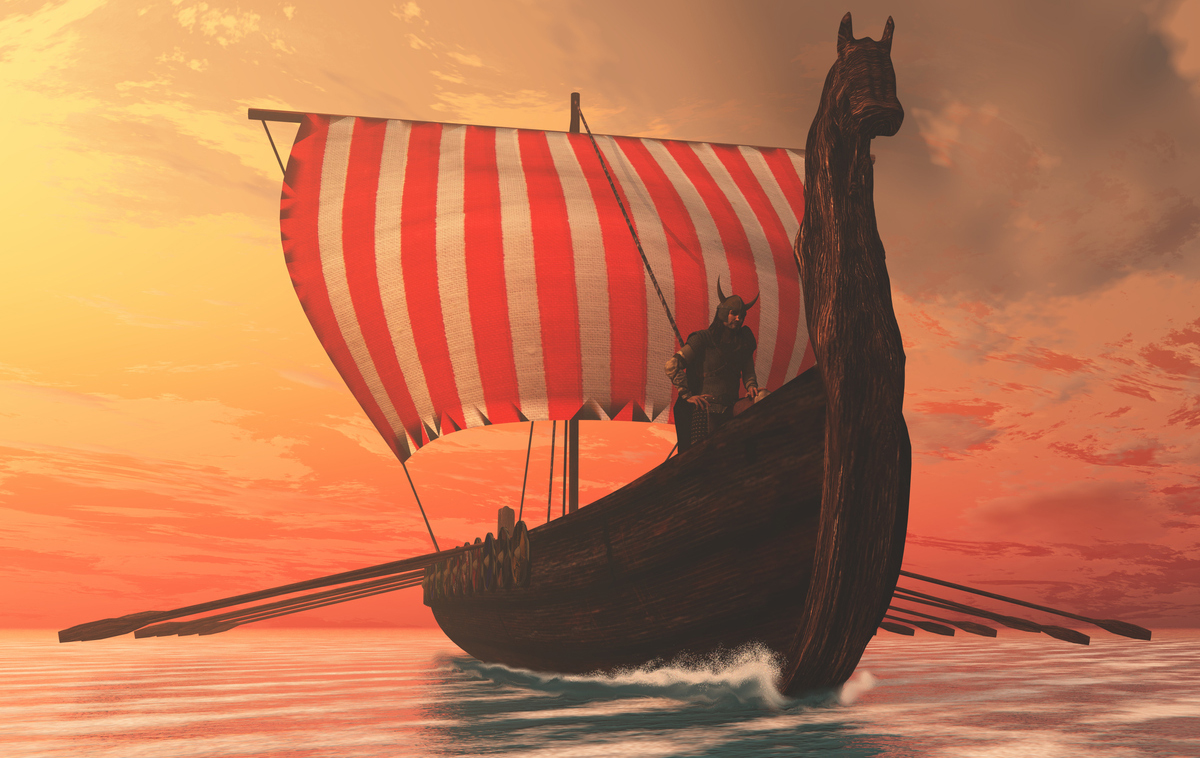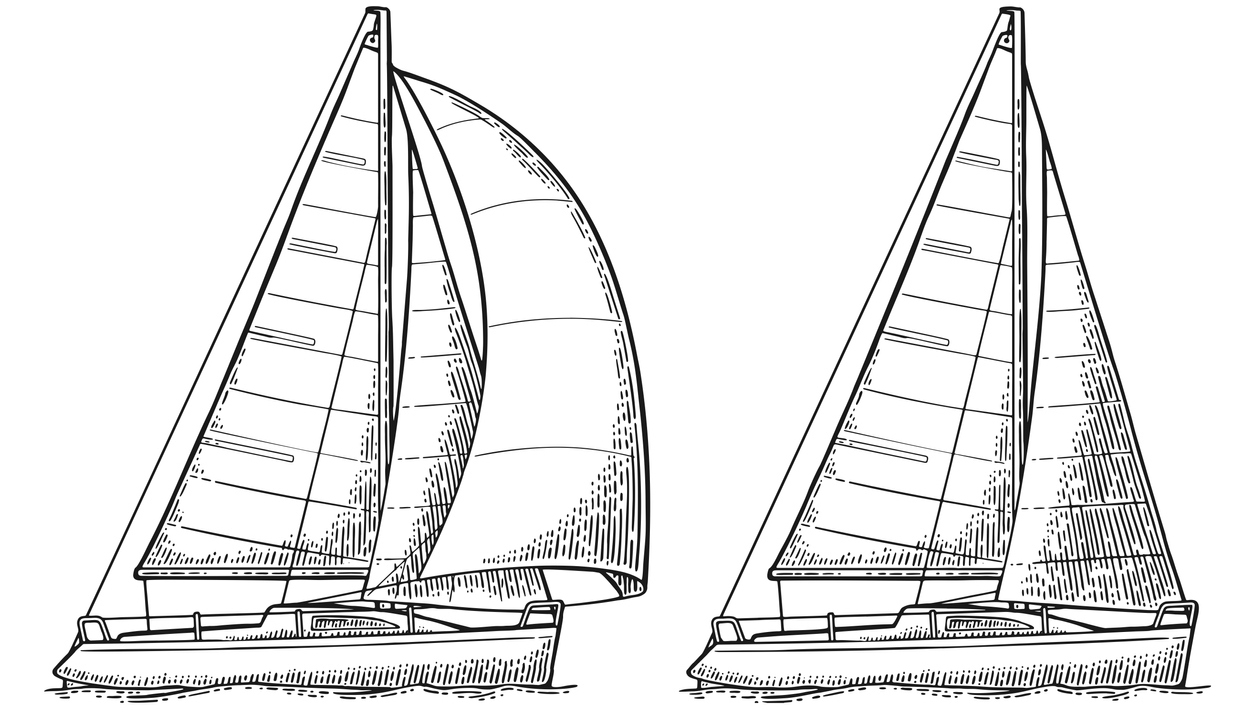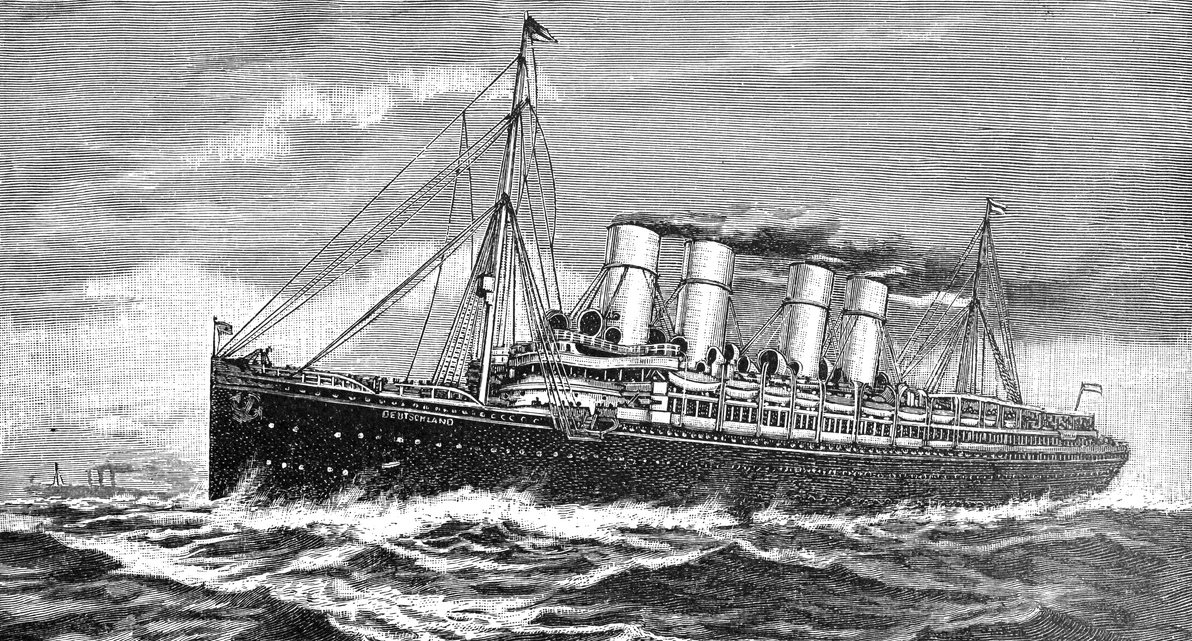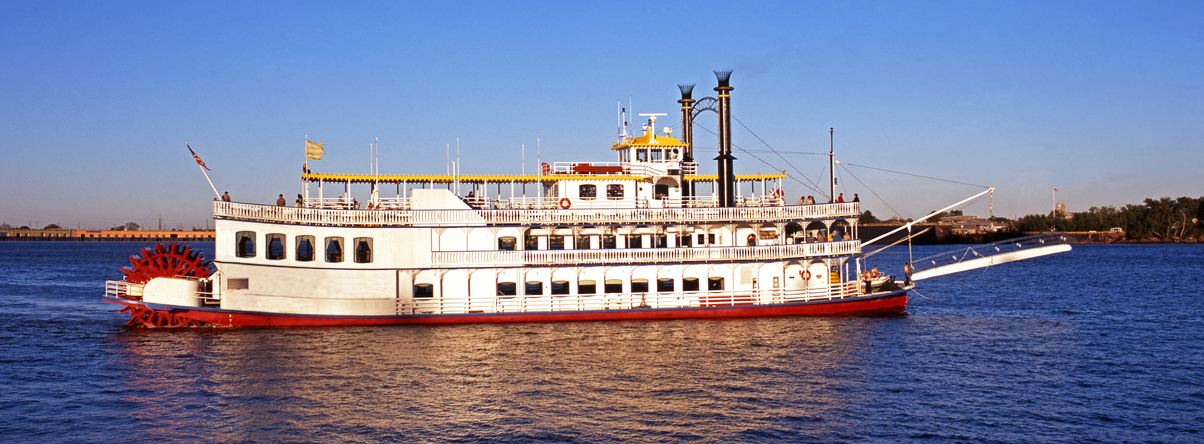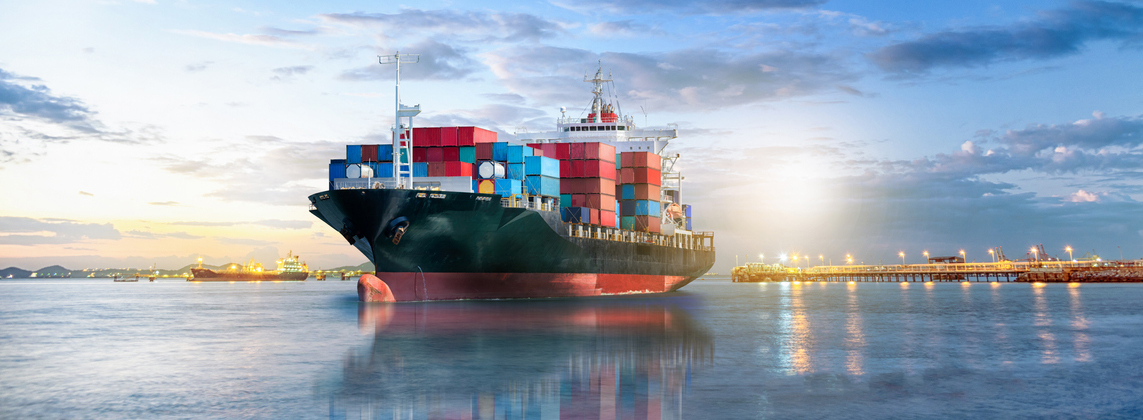Table of Contents
Background
Boats and ships are among the oldest types of transportation, and they were built thousands of years ago. Boats and ships have been used for transportation throughout history. But aside from that, they have been utilized for a number of reasons, such as to transport cargo, and fishing, as a type of defense from armed forces, for leisure, sports, and relaxation. At the present time, boats, ships, and yachts are made using advanced technology and materials. They also differ greatly from those that were used many years ago.
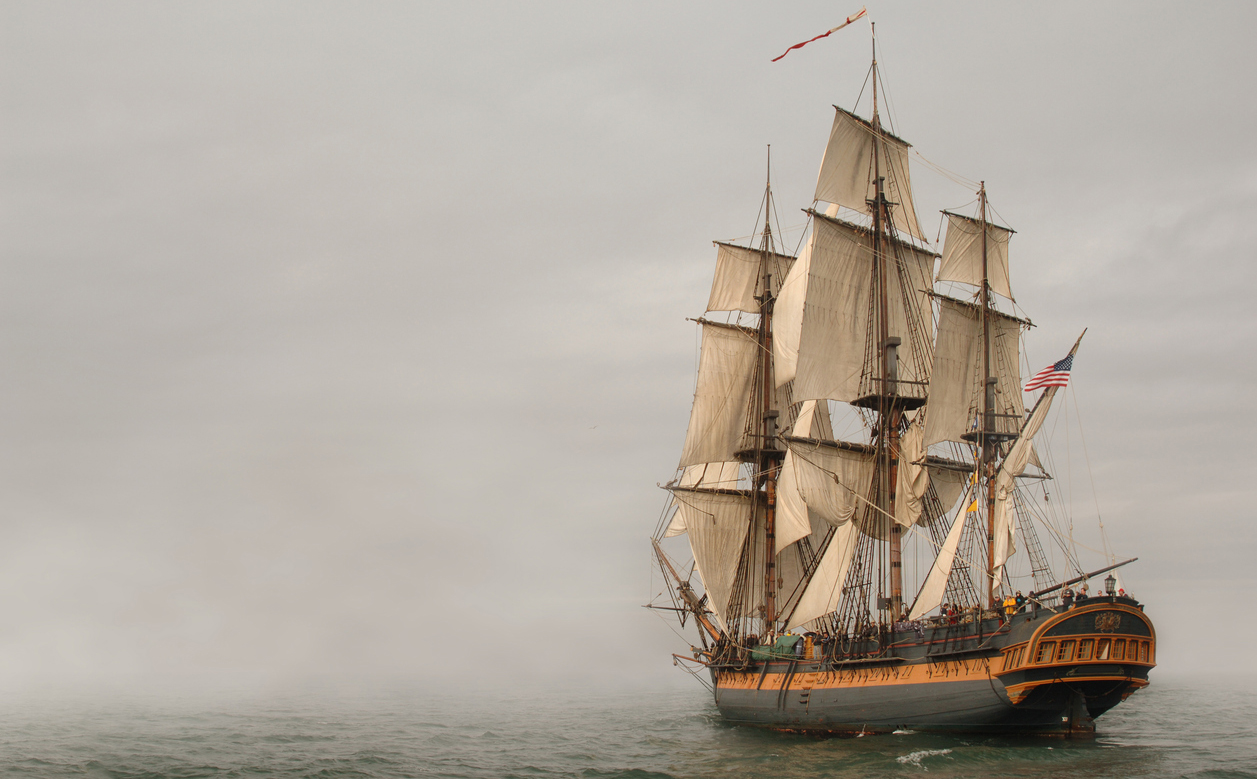
a clipper ship sailing on the ocean
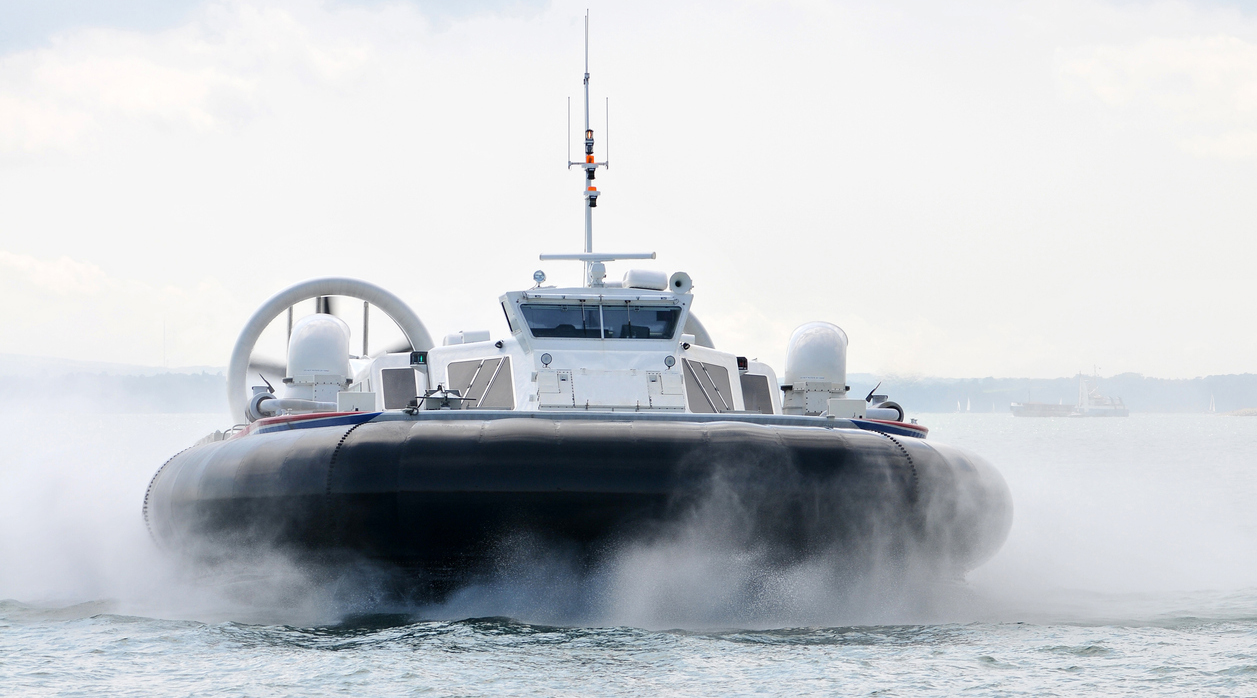
a hovercraft
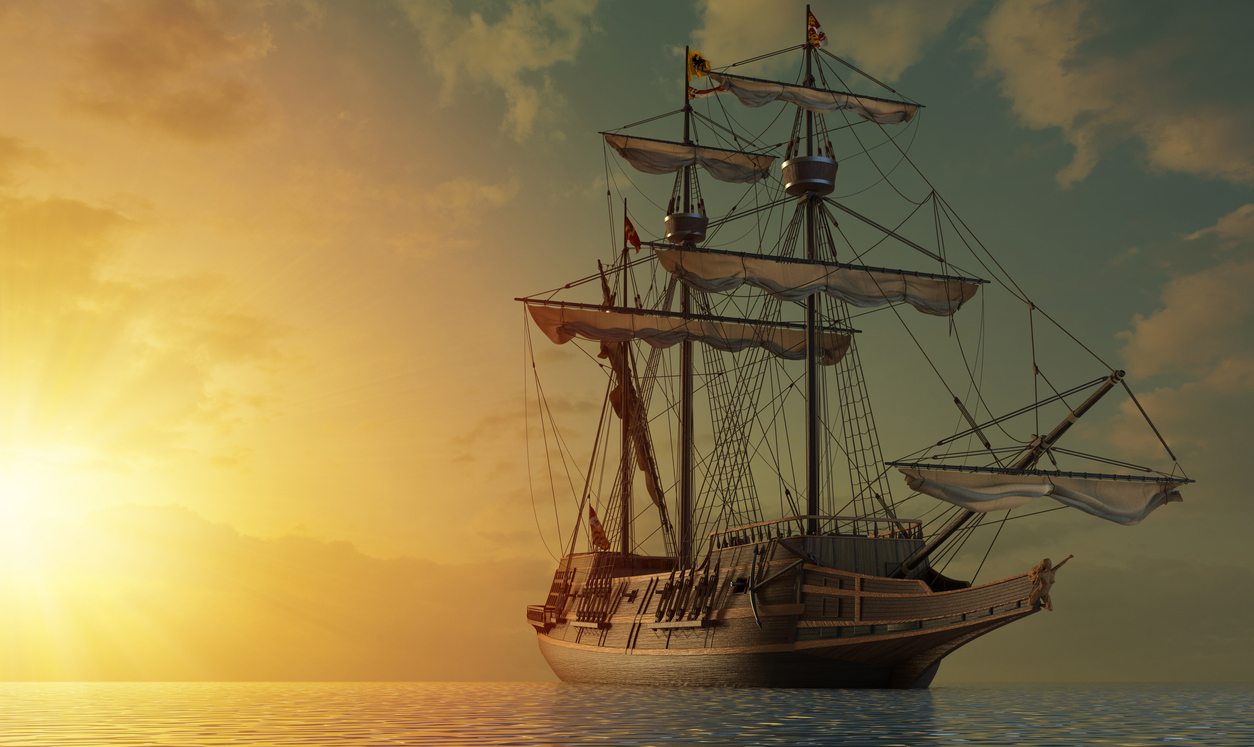
a Spanish galleon ship
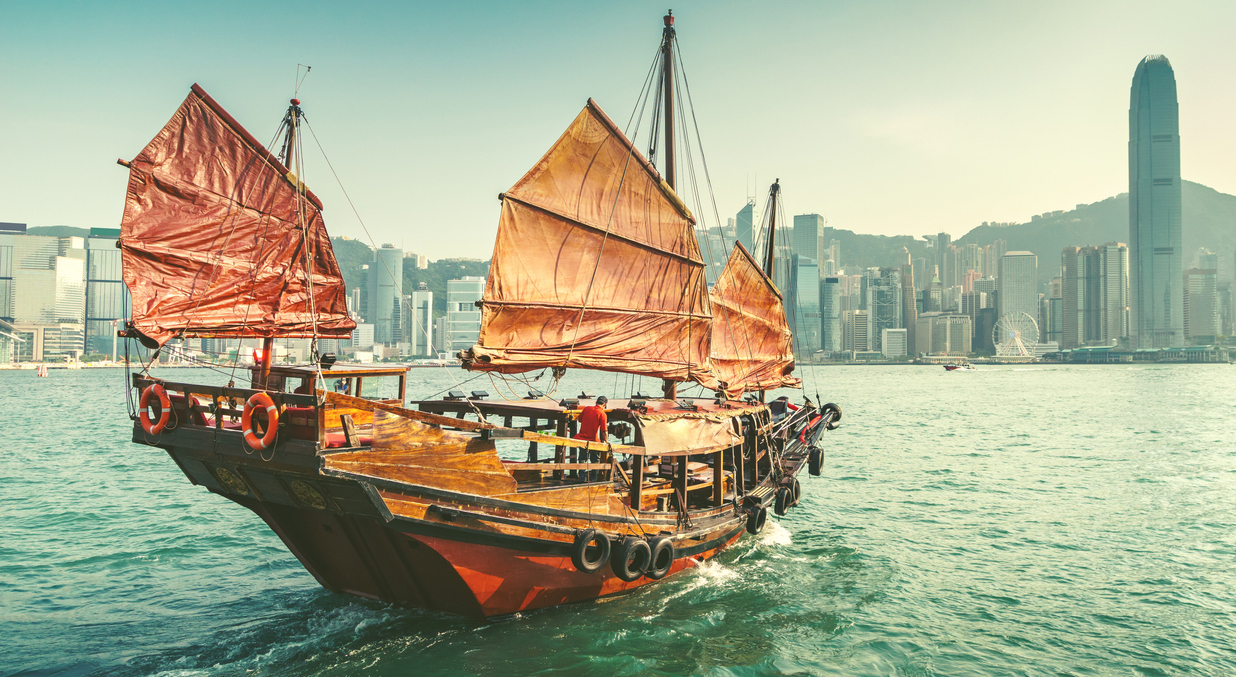
a junk boat sailing in Hong Kong
Back in ancient times, people used rafts, logs, bundles of reeds, and other materials in order to cross small bodies of water. The boats they used before were much simpler compared to the ones that we have today. But even though they were made using simple materials, they could carry large and heavy loads easily. As years passed, many different types of boats and ships were introduced. If you are interested to learn more about these, you’re in the right place. In this post, we are giving you a timeline of boats.
History of Boats and Ships
Through surviving clay tablets and containers, the use of waterborne vessels as early as 4000 B.C. was recorded. Boats can be easily identified in illustrations of great antiquity, which shows how slow and continuous their evolution was until just 150 years ago when steam propulsion became predominant. However, it was never anywhere universal in local transport as some solutions to the issue of providing water transport were eminently successful and efficient several millennia ago, and there are some boats today that are still in use but whose origins were lost in prehistory. [1]
The Use of Poles and Invention of Oar
The earliest historical evidence of boats was found during the 4th millennium B.C. in Egypt. There were representations of Egyptian boats that were used to carry obelisks on the Nile from Upper Egypt, which were as long as 300 feet or 100 meters, which was longer than any warship made in the era of wooden ships. [1]
Ancient marine history makes it quite interesting as it studies the strength and survival instincts of humanity at large. For example, back then, the simple oar was not in use. People instead utilized their hands to paddle along in their small boats. Rafts were moved with the use of poles against the bottom of the rivers. Slowly, through creative instincts and ingenuity, humans learned to redesign the poles by flattening them and widening them at one end. With this, the paddle was designed to be used in deeper waters. Then, it was again transformed to be the oar-a-paddle that is fixed on the sides of boats.[2]
The Invention of Sails
The greatest turning point in maritime history was the invention of the sail. It replaced the action of human muscles, and sailboats could go on longer trips even when carrying heavier loads. Earlier vessels utilized square sails that were best suited for sailing down wind. [2]
The early Egyptian boats mostly featured sails and oars. Since they were confined to the Nile, their boats depended on winds in a narrow channel, and recourse to rowing was essential. This became true of most navigation when the Egyptians started to venture out onto the shallow waters of the Mediterranean and Red seas. Many of the early Nile boats had a single square sail and one level or row of oarsmen.
Several levels came into use quickly as it was challenging to maneuver very long boats in the open sea. Roman two-level bireme and three-level trireme were most common back then. However, there were times when more than a dozen banks of oars were used to propel the largest boats. As early as the 3rd millennium B.C., navigation on the sea started among Egyptians. Voyages to Crete were among the earliest, followed by voyages guided by landmark navigation to Phoenicia, and, later, using the early canal that tied the Nile to the Red Sea. [1]
The Galleys by Phoenicians
The history of boats will not be complete without the Phoenicians. They deserve special mention as it is highly probable that they were the pioneers of the wooden sailing vessels that were to sail the high seas centuries later. They created galleys from the earlier dugouts, featuring sails and oars for power. As the galleys grew larger, based on specifications and requirements, rowers were arranged at two levels. The Greeks and Romans referred to galleys as the biremes. They also made triremes, which are galleys that featured three banks of oars. [2]
Galleys were very much in use till the 19th century. The ones used for warfare were highly popular in the 16th century as they marked the age of exploration and discoveries. They were also used as pirate ships and had ammunition and guns. The Lepanto war in 1571 used hundreds of rowing ships and around 400 galleys. It was the largest naval war recorded in history.
Long Boats by Vikings
Control over the seas and oceans for acquiring political and economic paramountcy was realized by most kingdoms and civilizations from 1,000 A.D. One such was a maritime group from Scandinavia referred to as Vikings, who attacked, operated, and settled in Europe in the 8th to the 11th centuries. The Vikings made long boats that were big ships with sails. They were maneuvered by 60 to 70 men and were faster, larger, but also narrow.
The long boats made by Vikings were suitable for rivers and long-distance open sea travel. These boats featured long overlapping planks and one huge mainsail. They were utilized for travel to and from Scandinavia, France, Spain, and Britain. [3]
Junks Chinese Boats
From 1100 AD onwards, the Chinese began to build boats that were known as junks. They used rudders for steering and had watertight compartments. They also had battens on the sails that were used for transporting goods and also used as warships. Compared to the European ships that came in later and had similar features, these were much more advanced. The largest junk ship ever made measured 150 meters and had 9 masts. [3]
Dutch Yachts
In the 14th century, the Yachts were invented by the Dutch. Most of the time, they were used by rich Danish merchants. In addition to that, they were also part of the Dutch naval fleet at one time. [3] In 1660, Charles II of England used a yacht to travel from England going to the Netherlands for his restoration. The Dutch navy also used yachts. After Charles II used one, yachts became popular when it came to transporting important people.
The Creation of Galleon Ships
The earlier galleys utilized oars, but the Galleon ships of the Spanish had huge sails that were tied with lots of sturdy ropes. The sails of these ships were so broad that a lot of people were needed to fix them in place. Galleon ships were used in the 17th century for transporting goods from the New World. Aside from that, they were also reformed into pirate ships. [3]
Steam Ships
Britain was a strong naval power. However, it lost its paramountcy to the United States after the latter achieved independence in 1776. After that, Americans began to create excellent ships at a much less cost than the British. During the same time, the advent of the Industrial Revolution led to the development of steam-powered ships, which were designed for long-distance travel.
It was in 1819 when the earliest steamships were made. They transported cargo and passengers across the Atlantic. The ships worked on steam power, and their engines burned coal to heat water for producing steam in huge boilers. This steam drove the propellers or paddlewheels. [3]
Clipper Ships
In the early 1800s, the American ship makers had become one of the best in the field. They made Clipper ships that were expansive and featured tall masts and long hulls that were directed to gain speed faster. These ships had three masts, broad sails, and protruding bows. It was in 1845 when the first clipper vessel was constructed, which was known as the Rainbow. There was another huge Clipper boat that was made, which was the Royal Clipper, that featured five-masted bark.
Aside from these, there were many other Clipper ships that were made in East Boston and were then utilized in the China-England tea trade when the British East India Company’s monopoly over the Chinese tea trade ended. After that, an American clipper ship referred to as the Witch of the Wave reached England from Canton in just 90 days.
Another Clipper ship named the Lighting covered 436 miles in just 24 hours back in 1854. This created new speed records. With this, the use of clippers was a turning point in the history of shipping, as well as trade. [3]
Ocean Liners
Transitioning to a new century, sails and poles started to vanish, and metal was widely utilized for building ships. In the late 18th century, around 1845, the first ocean liners were built, and they extensively used iron. These ships featured propellers and hulls that were made of steel.
Before, ships that had wooden hulls were frequently repaired as the new lever-operated steam engines exerted lots of pressure on the rather fragile bottom of the ship where they were placed. That’s why one of the solutions for it was the use of iron hulls, which gave rise to the earliest ocean liners. Ocean liners were huge. One of the best examples for it is the Great Eastern, which measured 692 feet, displaced 32,170 tons and had a propeller, an auxiliary sail, and two paddle wheels. [3]
Stern Wheelers and Paddle Steamers
Aside from large ocean-going steamships, there were also smaller boats referred to as paddle steamboats or sternwheelers, which were used on rivers. Paddle steamers were boats that featured paddle wheels on both sides. They were river boats that were utilized for inland river transportation and travel in Britain and other regions of Europe back in the 1880s. These boats were made for conducting coastal trade with neighboring places. Based on their names, they utilized paddles and steam. [3]
Diesel Ships
In the early 1900s, the earliest commercial diesel ships were made. A French diesel ship referred to as Petit Pierre was built. It was 125 feet and had a 25-hp engine, and featured a pitch propeller to reverse it. It was a barge type of ship and was utilized in inland waters of the Marne-Rhine canal. From then on, diesel ships became usual and had powerful motor engines. [3]
The Launch of Hovercrafts
In 1955, hovercrafts were invented by Christopher Cockerel. These are boats whose bottom is made of air-filled cushions. It featured three parts such as the platform or its bottom, a skirt, and a motor fan. The air enters the platform through the fan, while the skirt prevents the air from escaping outside. The very first design of hovercrafts was simple and used cushions filled with air.
Hovercrafts are strong and are utilized for different kinds of watersports. In addition to that, it is also used in search and rescue operations, in the military, and by the Coast Guard. These boats are lightweight and easy to handle. [3]
Container Ships
In the 19th and 20th centuries, shipbuilding saw lots of technological advances that led to the building of large container ships that were utilized for international trade. They were called container ships. These container ships are made to offer maximum storage space for containerized cargo on the decks.
A container ship is like a huge warehouse that is divided into many compartments by vertical railings. These compartments are created to keep packed containerized cargo. Most of them are made of steel, but other substances such as plywood, fiberglass, and aluminum were also used. Container ships are used to carry and transport various materials, ranging from packaged food to construction materials and hazardous substances. Today, modern containerships are able to store over a thousand containers. [3]
Cruise Liners and Passenger Ships
From the late 1990s to the early 2000s, ships were made for recreational purposes. These include passenger cruises, which came into vogue. Many cruise liners and passenger ships are gorgeous. They are designed with all comfort as they were made for wealthy people who love to travel by ship.
Cruise liners and passenger ships can be used for recreational sailing, fishing, or just exploring the waters. Since their invention, passenger cruises have become very popular. Today, many people love to spend holidays on unique sea voyages. [3]
Conclusion
Boats have been used by people for various things since times immemorial. Through the years, they have evolved from those that were made of reeds to the ones made of iron and steel. With this, we can say that boats are indispensable and are used for transporting people and goods. Aside from that, boats are also responsible for the diffusion of practices, cultures, and religions across various regions of the world. In the coming years, there will surely be more advanced technologies that will be incorporated into the boats that we have today. We hope this post helped you learn more about the timeline of boats and how they have evolved over time.
References
[1] Britannica Encyclopedia. (2020, November 10). History of Ships. Encyclopædia Britannica. Retrieved July 4, 2022, from https://www.britannica.com/technology/ship/History-of-ships
[2] The history of ships: Ancient maritime world. Marine Insight. (2022, April 28). Retrieved July 4, 2022, from https://www.marineinsight.com/maritime-history/the-history-of-ships-ancient-maritime-world/
[3] Mohit. (2022, April 10). When were boats invented? Marine Insight. Retrieved July 4, 2022, from https://www.marineinsight.com/maritime-history/when-were-boats-invented/#Galleys_in_Syria_and_Lebanon
[4] Sydenham, S., & Thomas, R. (2022). Ships and Boats: A Timeline. kidcyber. Retrieved July 4, 2022, from https://www.kidcyber.com.au/ships-and-boats-timeline



